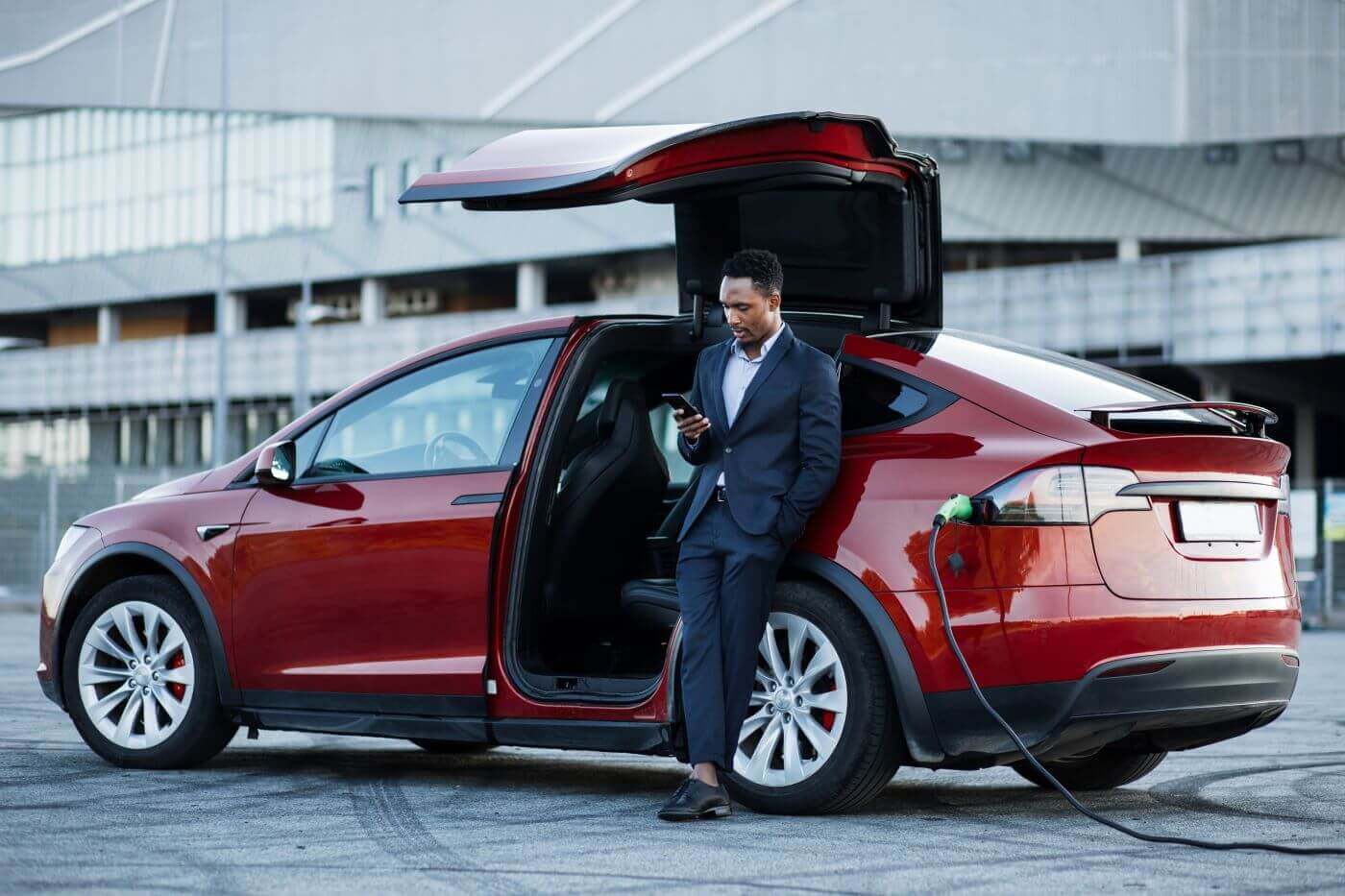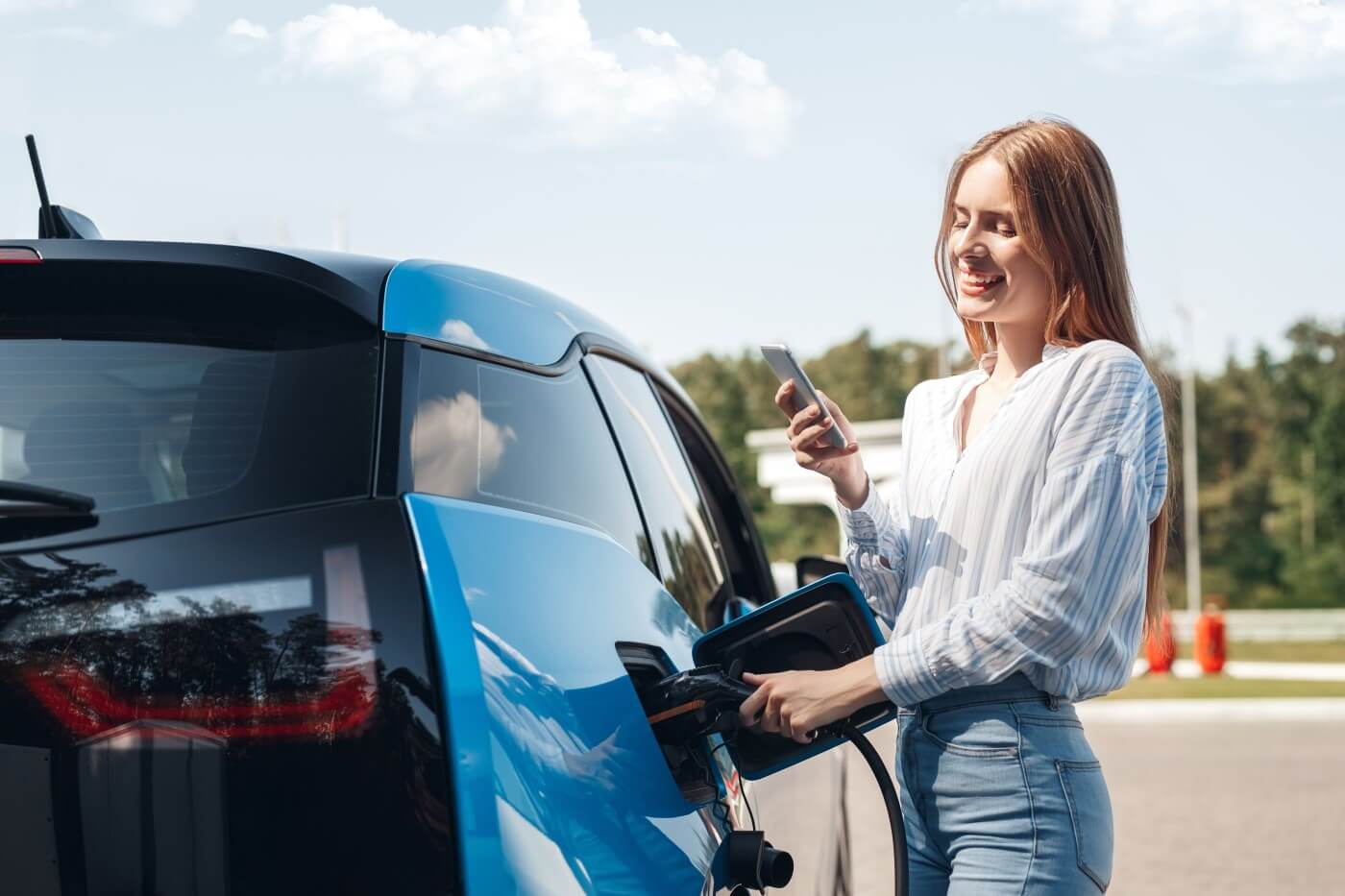How much does it cost to charge an electric car?
Like most things related to electric vehicle charging, the answer to this one depends on a variety of factors. And just like with petrol and diesel cars, the cost of running an electric vehicle will depend on the size, model and make of car you have.
Another factor that will dictate charging costs is where you’re charging your electric car. So let’s break it down into costs by location.
The cost of charging your electric car at home
This will all depend on your energy provider, the kWh of your home charging system, and the electric car itself.
The recent rise in energy bills and changes in energy tariff caps also mean that the cost of charging your electric car at home has changed quite significantly and suddenly. However, the government’s energy price guarantee, which has been extended until June 2023, means that electricity is capped at around 30p/kWh (pence per kilowatt hour).
So, if you pay 34p per kWh and your electric car has a 50kW battery, it will cost you approximately £17-£20 to fully charge your car at home. It’s worth noting that this figure is based on a day-time energy rate at the maximum tariff. Your energy provider may not charge the maximum kW per hour. Plus, a lot of energy providers offer discounted rates at night (off-peak), both of which can lower the cost of charging your EV at home.
The cost of charging your electric car at work
As we mentioned earlier, this is likely to be free or heavily discounted. If your employer does make you pay for charging your EV at work, it’s likely to be at the same rate as public charging.
The cost of charging your electric car on the go
Though some public charging points are free, the vast majority of them aren’t. Additionally, you can expect to pay more for faster, rapid chargers. The exact cost of charging your EV will vary from network to network but on the whole prices for public chargers tend to sit between 45-80p per kW.
Below, we’ve broken down the average cost* to use some of the major charging networks in the UK:
*Prices as at March 2023
*Some Tesla drivers may qualify for free Tesla charging
Which electric vehicles cost the least to charge?
The average price to charge most EVs from home during the day is around £17. However, there are electric cars that, in light of their smaller batteries, are cheaper to charge. Combine this with an off-peak electricity rate and you’re looking at considerably lower charging costs. Here are five electric cars that are amongst the cheapest to charge:
Please note: the exact amount each model will cost to charge will depend on your electricity tariff and what time of the day you charge it.
It’s also worth noting that these are cheap to charge because they’re all models with small batteries, as such, they have a much smaller range – meaning you won’t be able to travel as far.
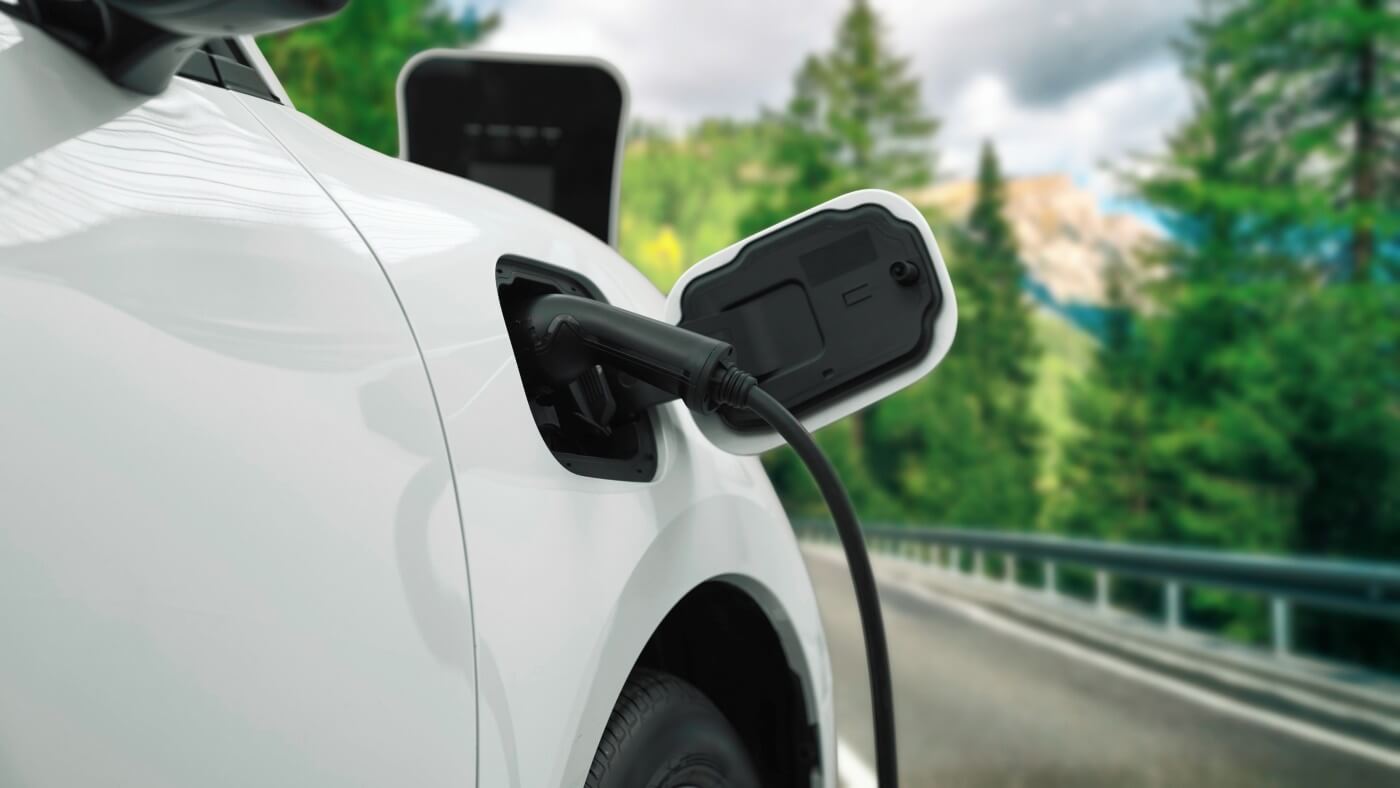
Where can I charge my electric car for free?
According to ZapMap, around 11% of EV chargers on their live map are free, but the question on everyone’s lips is ‘where are these free chargers?’
If you live in Scotland, you’re in luck, with Scotland being home to the highest number of free EV charge points. Followed by the South East of England and Greater London. It’s not such good news if you’re living in the Isle of Man or the Channel Islands, as neither of these locations have many free charging points.
In terms of what kinds of places offer free chargers, these include supermarkets, car parks, dealerships, hotels and accommodation, retail and leisure car parks and workplaces.
How to find free electric chargers
Even though some of the above places will offer free EV charging, that’s not to say they all do – and it’s no good driving around aimlessly until you find a free one. Luckily, Zap Maps live map has a free filter that you can toggle on and off to help you pin down the exact location of a free EV charging station.
Do free charge points have access restrictions?
Yes, lots of them will restrict access to customers only. In places like supermarkets or hotels, these charging points are free on the basis that you’re a paying customer -it’s a mutual transaction.
It’s also worth noting that free EV chargers may have time limits on them too. So make sure you check it’s going to provide you with enough charge range for where you need to go.
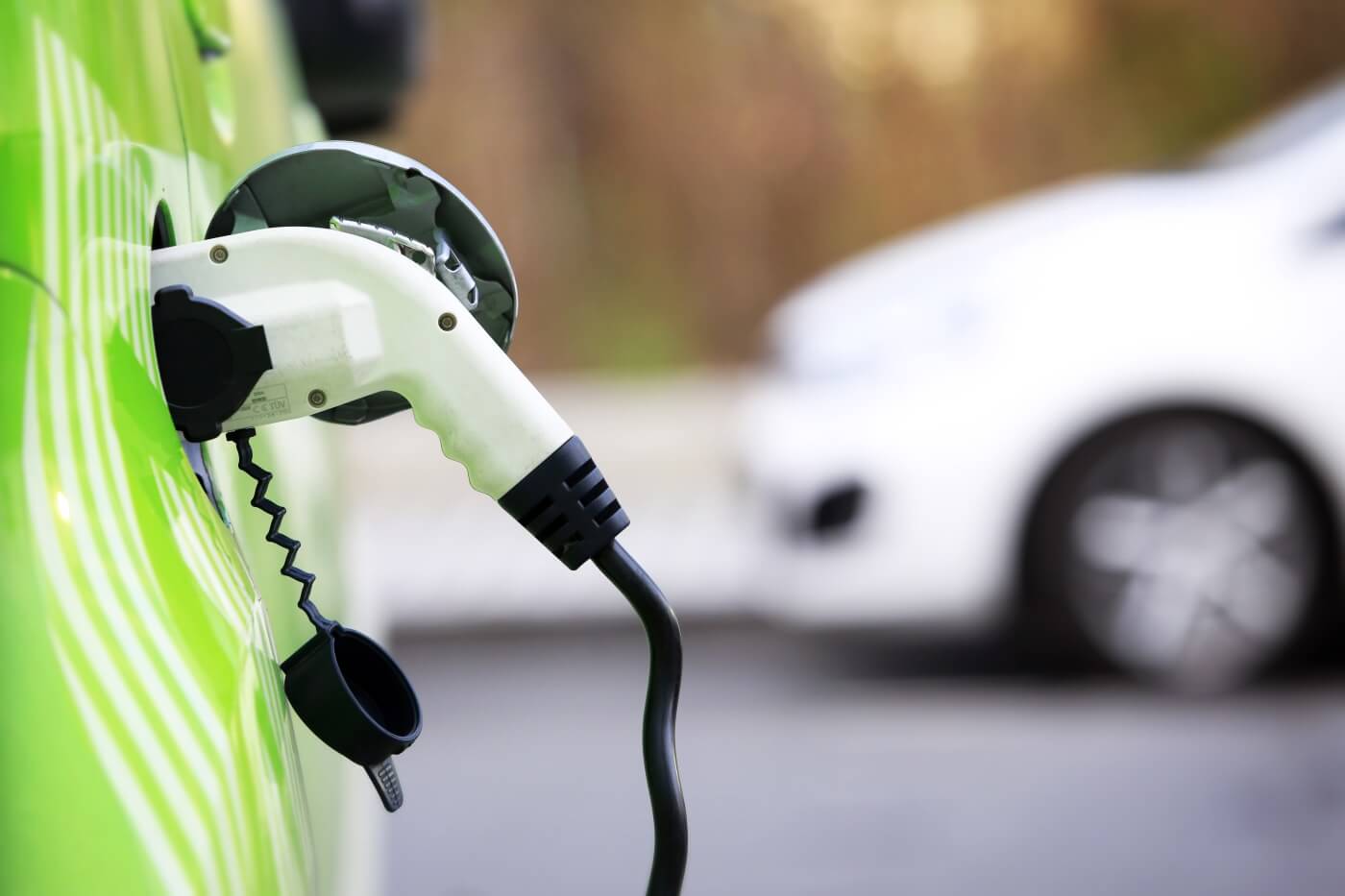
Electric vehicle charging etiquette
When using public, residential or workplace chargers, it’s important to be mindful and respectful of other users. To help you out, we’ve compiled a list of EV charging etiquette rules:
- Watch your charge status – don’t hog electric car chargers for longer than you need to. It’s best practice to recharge your battery to 80%. Doing so will not only help prolong your battery’s lifespan but also makes sure all EV drivers get their turn.
- Put the battery charge cable back – it’s good manners to put the cable away once you’ve finished using it. This leaves the charge station in an acceptable condition for the next person and prevents a trip hazard.
- Look out for your fellow drivers – if you’re in line and you see someone struggling to charge their EV, lend them a helping hand. We’re sure they’ll appreciate your small act of kindness. This can be a particularly nice gesture to a new electric car owner – after all, we were all newbies once.
- Let pure-electric cars go first – if you have a plug-in hybrid vehicle, it’s nice to let electric-only cars recharge first. This is because PHEVs can use their petrol or diesel engines instead, whereas an EV is limited to its battery. Only do this if it’s convenient for you though, of course. If you need to get somewhere urgently then feel free to take your rightful turn.
- Report charge station damage – If you see that a public charge point has become damaged or broken then notify the supplier straight away. The phone number will be on the charger. This means it can be back in action for yourself and others to use sooner rather than later.
- Don’t unplug other EVs – if you’ve been waiting to use a charge station for a while, don’t unplug someone else’s electric car. Even if it’s at 80% – you never know what they might be using it for. Wait for them to come back, or if it’s at a station or supermarket, ask a member of staff if they can make an announcement.
- Remain calm and polite – if you see another EV user not following the unspoken rules of the EV charging world, or actively being hostile towards other users, it’s best to avoid an angry confrontation. These situations can escalate and you don’t want to put yourself in any danger. Don’t stoop to their level by swearing and shouting. Instead, find another charger or report them to the service station if necessary.
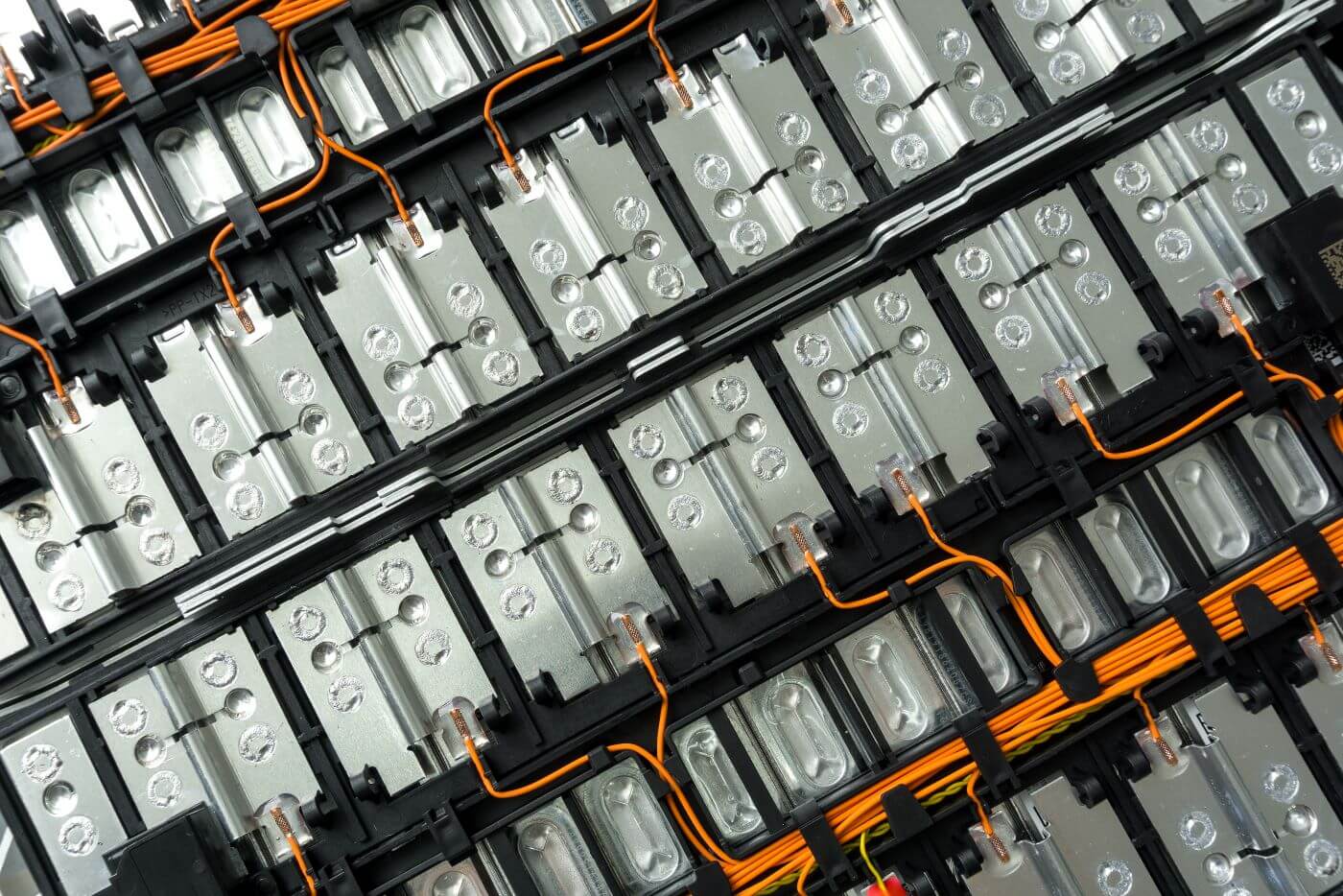
How to make the most of your EV battery – Top Tips
To help you get the most out of your electric car’s battery and extend its longevity, we’ve compiled a list of top tips. If you follow the guidance below, your EV’s battery should last longer and be able to retain a lot more of its charge.
- Minimise rapid charging – long-term, regular use of rapid charging points can wear your battery out over time
- Try to maintain an optimal state of charge between 20%-80% – fully depleting and fully recharging the battery can, again, strain it over time
- Go for regular, short drives – this will help keep your EV and battery in peak condition
- Fully charge your battery only when you need to – for long journeys, holidays, etc.
- Avoid charging your EV in extreme heat – charging your car in extreme heat can overheat the system and not only damage the battery but present a hazard
Visit our Electric Car Advice Hub
This brings us to the end of our ultimate electric car charging guide. We hope we’ve provided you with all the information you need to go out and charge your electric car with confidence. Whether you’re completely new to the world of EV charging, or simply needed a little refresher, we hope you found the answers to all your burning questions.
If you need any more advice on all things EV related, you should check out our electric vehicle advice hub. From electric car range to EV tax – we’ve got loads of guides to help you learn more about electric vehicles.
Or, perhaps you haven’t bought your electric car yet but are thinking about it? In that case, you should definitely take a look at our electric car buying guide. This ultimate resource leaves no stone unturned and will help you find the perfect EV for you.
